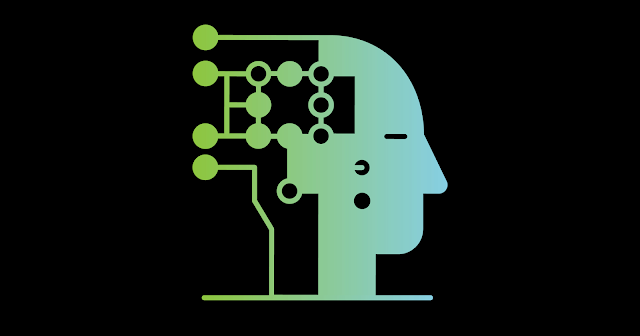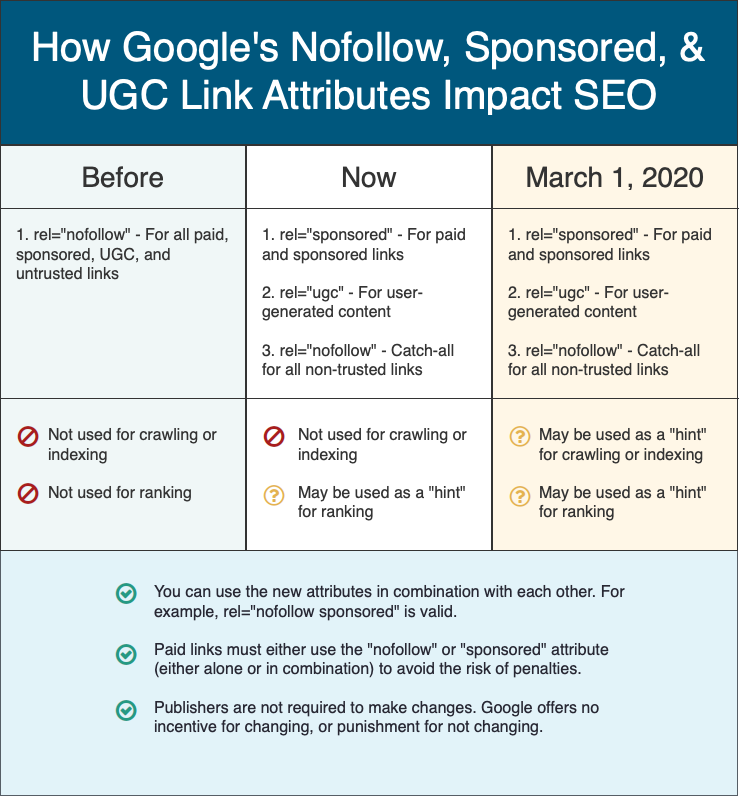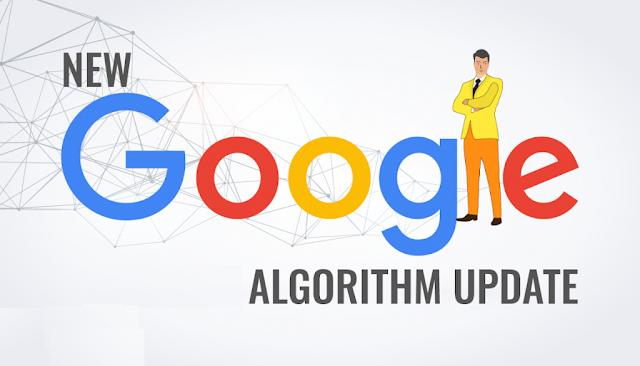Google announced that it has been rolling out a new update called BERT.
To give you an idea of how big of an update this is, it’s the biggest update since Google released RankBrain.
In other words, there is a really good chance that this impacts your site. And if it doesn’t, as your traffic grows, it will eventually affect your site.
But before we go into how this update affects SEOs and what you need to adjust (I will go into that later in this post), let’s first get into what this update is all about.
Google, in essence, has adjusted its algorithm to better understand natural language processing.
Just think of it this way: you could put a flight number into Google and they typically show you the flight status. Or a calculator may come up when you type in a math equation. Or if you put a stock symbol in, you’ll get a stock chart.
Or even a simpler example is: you can start typing into Google and its autocomplete feature can figure out what you are searching for before you even finishing typing it in.
But Google has already had all of that figured out before Bert. So let’s look at some examples of Bert in action.
The new changes this algorithm update brings makes it much more relevant for searchers and it creates a better experience for you and me and everyone else who uses Google.
And once they perform the search, they may find a solution such as different diets. From there they may search for a solution, using a navigational query such as “Atkins diet”.
Once someone figures out the exact solution, they then may perform a transactional search query, such as “the Atkins diet cookbook”.
From what we are seeing on our end is that Bert is mainly impacting top-of-the-funnel keywords, which are informational related keywords.
Now if you want to not only maintain your rankings but gobble up some of the rankings of your competition, a simple solution is to get very specific with your content.
Typically, when you create content, which is the easiest way to rank for informational related keywords, SEOs tell you to create super long content.
Yes, you may see that a lot of longer-form content ranks well on Google, but their algorithm doesn’t focus on word count, it focuses on quality.
To give you an idea of how big of an update this is, it’s the biggest update since Google released RankBrain.
In other words, there is a really good chance that this impacts your site. And if it doesn’t, as your traffic grows, it will eventually affect your site.
But before we go into how this update affects SEOs and what you need to adjust (I will go into that later in this post), let’s first get into what this update is all about.
What is Bert?
Bert stands for Bidirectional Encoder Representations from Transformers.You are probably wondering, what the heck does that mean, right?
Google, in essence, has adjusted its algorithm to better understand natural language processing.
Just think of it this way: you could put a flight number into Google and they typically show you the flight status. Or a calculator may come up when you type in a math equation. Or if you put a stock symbol in, you’ll get a stock chart.
Or even a simpler example is: you can start typing into Google and its autocomplete feature can figure out what you are searching for before you even finishing typing it in.
But Google has already had all of that figured out before Bert. So let’s look at some examples of Bert in action.
The new changes this algorithm update brings makes it much more relevant for searchers and it creates a better experience for you and me and everyone else who uses Google.
But how does it affect SEOs?
You need to change your SEO strategy
There are three types of queries people usually make when performing a search:- Informational
- Navigational
- Transactional
And once they perform the search, they may find a solution such as different diets. From there they may search for a solution, using a navigational query such as “Atkins diet”.
Once someone figures out the exact solution, they then may perform a transactional search query, such as “the Atkins diet cookbook”.
From what we are seeing on our end is that Bert is mainly impacting top-of-the-funnel keywords, which are informational related keywords.
Now if you want to not only maintain your rankings but gobble up some of the rankings of your competition, a simple solution is to get very specific with your content.
Typically, when you create content, which is the easiest way to rank for informational related keywords, SEOs tell you to create super long content.
Yes, you may see that a lot of longer-form content ranks well on Google, but their algorithm doesn’t focus on word count, it focuses on quality.
Source: Neil's Blog







